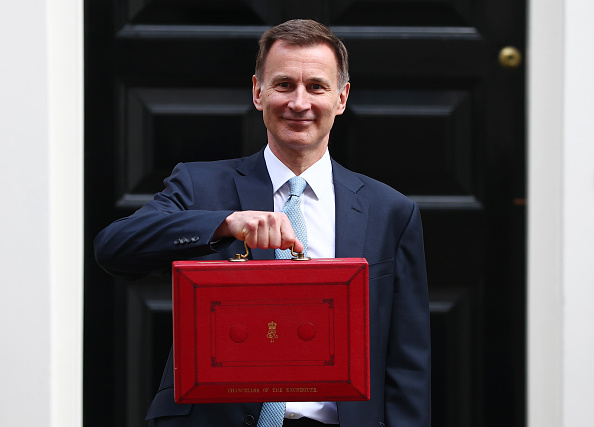Overdrafts, loans and/or credit cards were used by 30 per cent of small and medium-sized enterprises (SMEs) in Q2 2014 compared to 36 per cent in the same quarter of 2012, according to the BDRC Continental Finance Monitor.
Use of ‘other’ forms of finance, such as leasing and invoice finance, have been more stable over time, currently used by 18 per cent of SMEs.
Those planning to apply for finance are also less likely to consider applying for one of these core products (63 per cent of potential applicants in Q2 2014 compared to 72 per cent in Q2 2012).
While the largest SMEs, with 50-249 employees, remain the most likely to be using external finance, the proportion doing so has dropped over time and they are becoming less likely to have applied, or to plan to apply for, finance.
A quarter of SMEs with any appetite for external finance are aware of crowdfunding, however, usage remains limited.
In the first half of 2014, 22 per cent of SMEs were aware of crowdfunding, but just 1 per cent were using this form of finance, with a further 7 per cent saying they would consider it.
Eight out of ten SMEs have been ‘happy non-seekers’ of finance over the previous 12 months, while 17 per cent experienced a borrowing event (including the automatic renewal of overdraft facilities)
A further 78 per cent met the definition of a ‘happy non-seeker’ of finance in Q2 2014. The proportion of all SMEs that meet this definition has increased steadily over time, with around two thirds of SMEs in 2012, and three quarters in 2013.
Around 5 per cent of SMEs in Q2 2014 met the definition of a ‘would-be seeker’ of finance, who had wanted to apply but felt that something had stopped them. This has decreased over time from around 10 per cent in 2012.
The main reasons for not applying remain discouragement (almost all of it indirect, where the SME assumes they will be turned down and so does not apply) and the process of borrowing (the time, expense, hassle).
In terms of success rates, two thirds (66 per cent) of all applications made in the last 18 months resulted in a facility. Renewals have been consistently more likely to be successful than requests for new money.
In the next three months most SMEs (68 per cent) expect to be a ‘future happy non-seeker’ of finance.
Shiona Davies, director at BDRC Continental says, ‘SMEs continue to be in a more positive mood, with the economy now far less likely to be seen as a barrier to running their business. Use of, and appetite for, external finance remains broadly stable, but we are seeing declining use of, and appetite for, ‘traditional’ core lending products like loans and overdrafts.
‘Although there has been speculation that newer forms of finance such as crowdfunding are becoming more popular, at present actual usage by small and medium enterprises is very low at 1 per cent.’





